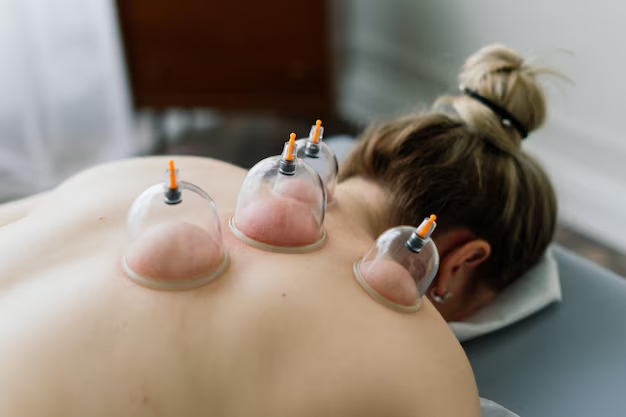How to Become a Certified Cupping Therapist: Degrees, Certifications, and Licenses
Embarking on a career as a certified cupping therapist is a rewarding journey that begins with the right education and training. Cupping therapy, with its roots in ancient healing traditions, necessitates a thorough understanding of human anatomy, physiology, and holistic health practices. Therefore, it's often advantageous to pursue a degree in fields such as Traditional Chinese Medicine or a related healthcare discipline. Many practitioners start with a background in massage therapy, acupuncture, or physical therapy before specializing in cupping, thus equipping themselves with a foundational knowledge that enhances their practice.
In addition to a relevant degree, obtaining specific certifications is crucial for legitimizing your skills in cupping therapy. A cupping therapy certification, offered by various accredited institutions, provides both theoretical knowledge and practical experience. Furthermore, depending on your locale, you might need to secure a professional license, which not only certifies your competency but also encourages trust among clients seeking your services. Continuous education through workshops and seminars can also keep your skills sharp and up-to-date, reflecting your commitment to the transformative art of cupping.
Educational Pathways and Credentials for Cupping Therapy
-
🎓 Degree in Traditional Chinese Medicine
A comprehensive foundation in holistic health practices. -
📜 Massage Therapy Certification
Understanding of body mechanics and therapeutic techniques. -
🏅 Cupping Therapy Certification
Specialized training exclusively focusing on cupping techniques. -
🔖 Acupuncture License
For those who wish to integrate cupping with acupuncture treatments. -
📚 Ongoing Education
Workshops and seminars to update and refine your skills.

Related Topics
- Becoming A Psychologist
- Becoming A Psychologist
- Becoming Counseling Psychologist
- Criminal Psychologist Timeline
- Become LCSW
- Licensed Counselor Timeline
- Neuropsychologist Timeline
- Become A Psychologist
- School Psychologist Timeline
- Sports Psychologist Timeline
- Become Clinical Psychologist
- Become LCSW
- LCSW Timeline
- Social Worker Timeline
- Become A Psychologist